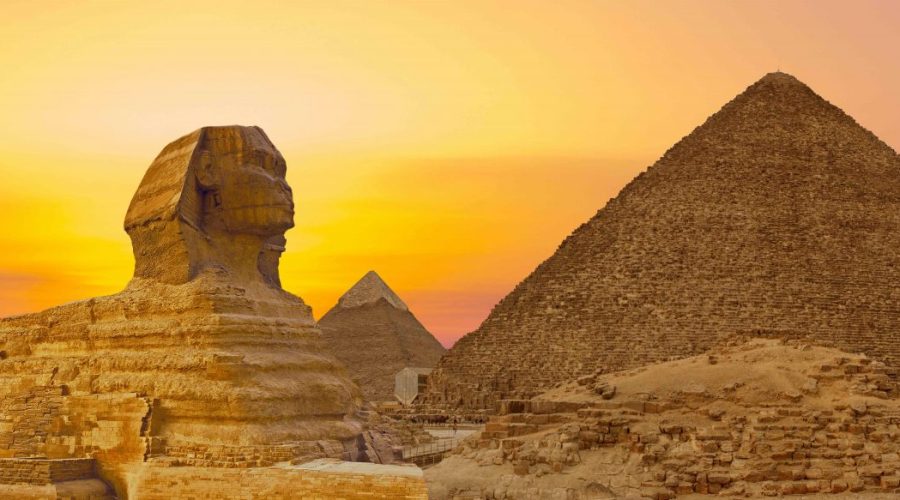Located in the Sahara Desert, it would come as a surprise that Ancient Egypt would rise in such a harsh and inhospitable land. In fact, it’s for that reason that the Ancient Egyptians considered the Nile River as the source of all life. Without the Nile, the Ancient Egyptian kingdom wouldn’t even exist. We wouldn’t have the pyramids, the Sphinx, and many other legacies they left for us today.
Much of Egypt would be uninhabitable without the Nile. The river is home to many aquatic species as well as hundreds of terrestrial species that live along its banks. Many of the animals that live in and around the Nile are both feared and revered by the locals. Some of them were even worshiped by the ancient Egyptians. Practically everything important in Egypt is next to the Nile or quite near it.
Learn more surprising things about the oldest nation in the world. Check out these 50 Ancient Egypt facts.
- 01At its height, Ancient Egypt covered an estimated 1 million km² of territory in North Africa and the Middle East.
- 02It also had an estimated population of 5 million people.
- 03The Ancient Egyptians used either grain or copper or silver as currency.
- 04Workers typically earned 5½ sacks of grain in a single month.
- 05A cow in Ancient Egypt typically cost around 140 deben, or 12.74 kilograms of copper or silver.
The name Egypt actually comes from the Ancient Greek name for the country, Aigyptos, itself a corruption of the Egyptian name for the city of Memphis, Hikuptah. Instead, the Ancient Egyptians called their country Kemet. This literally means black land, referencing the rich black mud left behind by the Nile’s annual floods.
Together with the Nile’s water, this allowed Ancient Egyptian farms to produce big harvests, providing food for their people. This also stood in contrast to the dry deserts surrounding the Nile Valley. They called these “deshret,” which means “red land.”
Ancient Egypt had two major political divisions.
They called them Lower and Upper Egypt. Lower Egypt covers Nile Delta, while Upper Egypt covers the Nile Valley up to the first set of rapids at Aswan. In fact, the first Pharaoh’s claim to kingship came from his successful unification of Upper and Lower Egypt. This became referenced in the “pschent,” or the double crown worn by all Pharaohs.
It included the White Hedjet Crown of Upper Egypt, and the Red Deshret Crown of Lower Egypt, along with their respective animal emblems. A cobra represented Lower Egypt, while also symbolizing the goddess Wadjet. A vulture represented Upper Egypt, as well as the goddess Nekhbet, who along with Wadjet became known as the Two Ladies.
It took the Ancient Egyptians a century to perfect the pyramid.
Archaeologists can perfectly trace the development of the pyramid in Ancient Egypt, starting with the Step Pyramid at Saqqara. Built in the 27th century BC, priest and architect Imhotep designed and oversaw its construction for the Pharaoh Djoser. Imhotep’s success would actually lead to his deification after his death. As a matter of fact, over the following century, Ancient Egyptian architects and engineers would build on Imhotep’s work.
This led to the Bent Pyramid, built at the very start of the 26th century BC at Dahshur. Egyptians built it for Pharaoh Sneferu of the 4th dynasty. Continued improvement of the pyramid finally concluded with the perfected design of the Great Pyramid of Giza in the middle of the 26th century BC.

